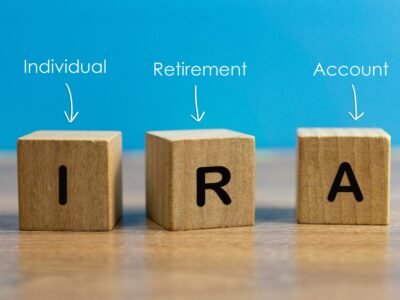Where should I put my money for retirement?
Preparing for Retirement is something that you need to start early as you’ll have better outcomes than starting much later.
The money you get from your paycheck, it’s best to take a small portion and contribute to a retirement account, something that you should keep doing throughout your entire career. The moment when you finish college or enter the workforce, it’s best to start as soon as possible to take advantage of compound interest.
There are 3 main options for your Retirement Funds (the 4th I mention is not traditionally considered a retirement plan, but some can do this):
-
Retirement account that’s offered by your employer
Typically you’ll add it to a 401(k) or 403(b) plan. These plans are great deals because the money will grow tax-free until you withdraw it in retirement. In most cases, your contributions will be pre-tax, so it’ll be taken out on your check before taxes every paycheck. Contribution limits of 401k is $19,500 per year. For some small businesses, defined as less than 100 employees, some SMBs provide a Simple IRA (Simple stands for “Savings Incentive Match Plans for Employees”). Contribution limits of Simple IRA is $13,500 per year. This does not include employer contributions. You’d want to make sure you get the max employee contributions as that’s free money and percentage of contributions are defined by the employee.
-
Individual Retirement Account.
For most Americans, you can open this account regardless of employment status. I opened it during college, although I didn’t have enough funds for it. There are two types of IRAs that can be used. The differences are whether you want to, escape taxes either on the money you put into the plan or the money you withdraw from the plan, depending on whether you choose a traditional or Roth option. Contribution limits are $6000 per year (if over 50 years of age, it’s $7000 for catch up contributions)
-
SEP Plan.
The SEP (Simplified Employee Pension) IRA provides business owners with a simplified method to contribute toward their employees’ retirement as well as their own retirement savings. Often times, a self-employed business owner with just themselves as employees, can contribute to there own plan. Contribution limits cannot exceed the lesser of 25% or $58,000 for 2021.
-
Brokerage Account or Regular Investment Account.
You can also put the money into a regular investment account that doesn’t have tax advantages. It’s generally a taxed account, but you carry no restrictions, no contribution limits, or no penalty for taking your money out early.
You can have both 401 and IRA and contribute to both in the same year. So in some cases, you can max contribute 19,500 and IRA (Roth or Traditional) of $6000 max. So a total of $25,500 per year.









